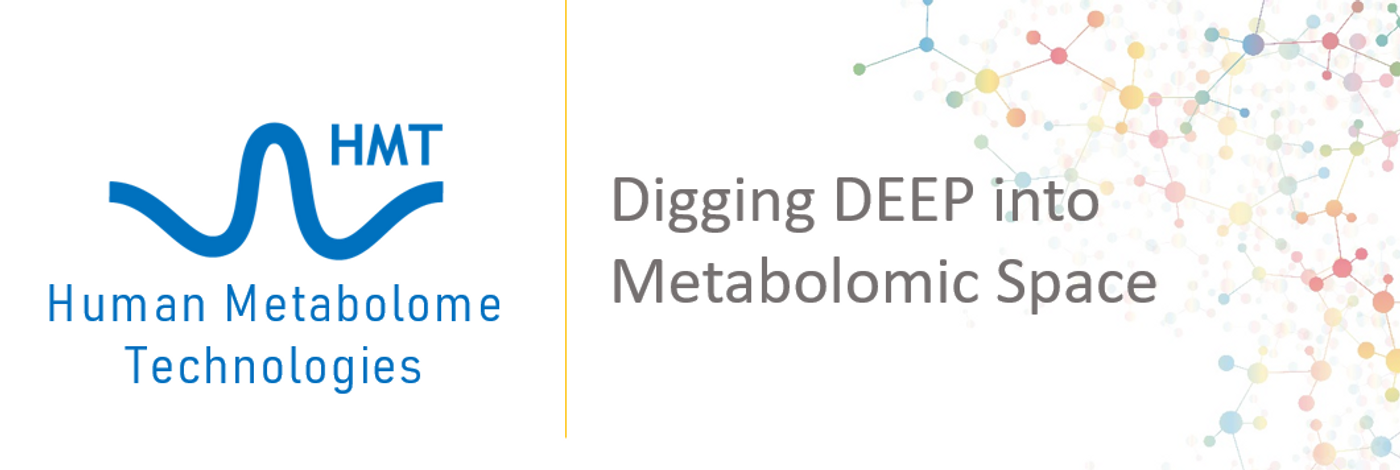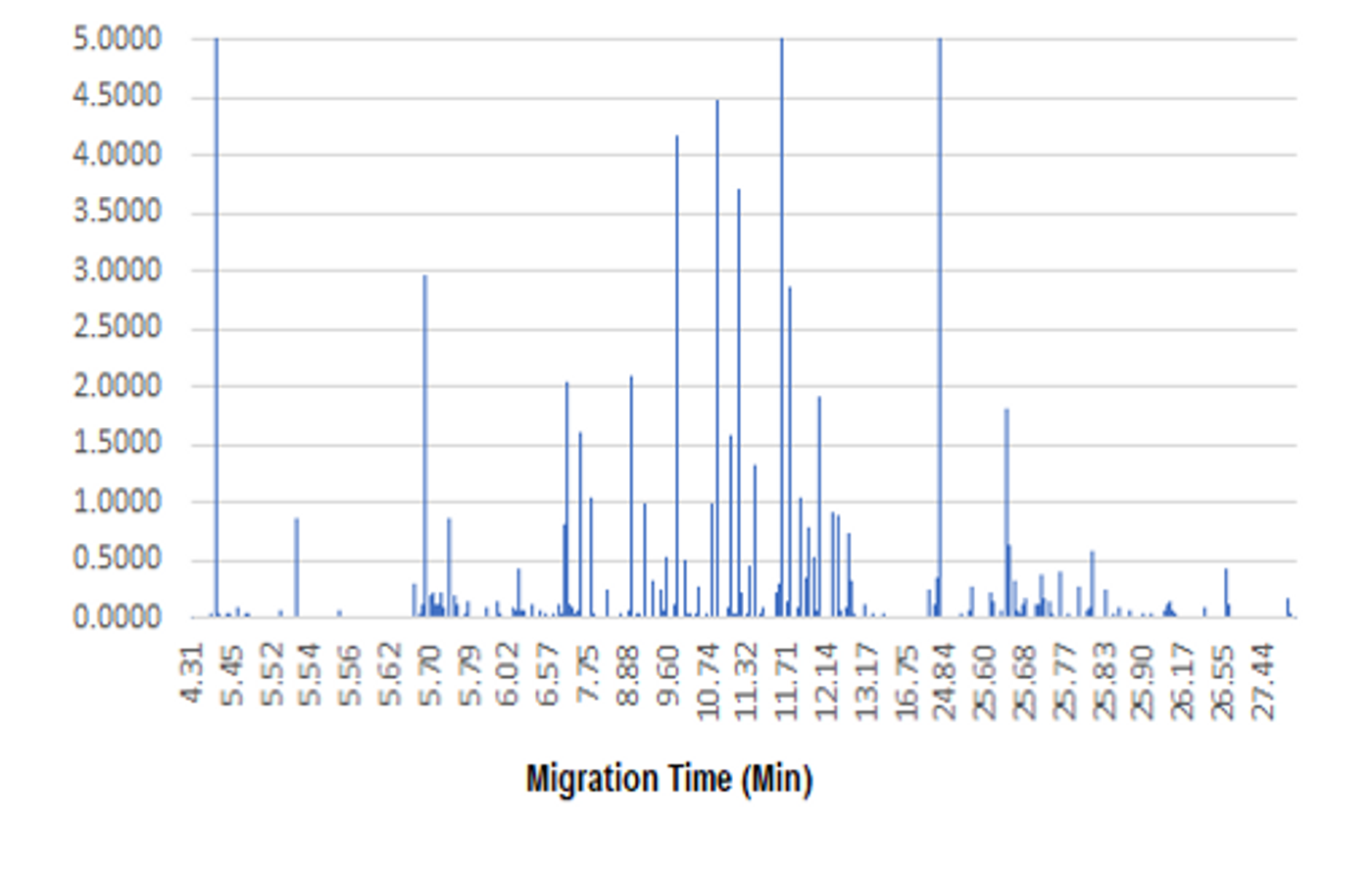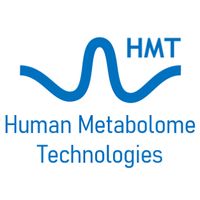Digging DEEP into Metabolomic Space
Metabolomics is an umbrella term encompassing lipidomics and the study of smaller polar metabolites. As such, more than one analytical technique is needed to cover the entirety of the metabolic space to properly address multiple research areas, e.g. oncology, neurobiology, cardiovascular, biomarker discovery, and many other diseases. In addition to chemical variations, the breadth of annotated metabolites continues to grow as analytical methods become more sensitive and the ability to identify new metabolites increases.
There are many unknown or unannotated metabolites in the human metabolome due to individual variability, microbiome biodiversity and low abundant metabolites that have only recently been detected. Technological advances in both separation and detection analytical techniques allow for the continual discovery of new metabolites. With support by using computer-assisted programs to predict structure, these once unidentified and novel metabolites can be assigned tentative identifications.
HMT Deep Dive relies on three fundamental properties unique to HMT (1) the high resolution and sensitivity of CE (2) the unique chemical space observed by CE-MS and (3) metabolite identifications based upon using common physical properties and accurate migration times to predict metabolite structures within specific chemical classes. Such advantages of CE-MS allows HMT to delve deeply into the metabolomic space, adding to the understanding of molecular mechanisms, biological processes, diseases, and the identification of potential new biomarkers. Below is a representative chromatogram from the analysis of cationic metabolites present in human plasma. Over 3000 peaks are detected. While many will be considered ions or adducts, a large portion of those metabolites are still considered to be unknowns.
One of the ways in which HMT’s Deep Dive Protocol has benefited research is through the discovery of a potential clinical biomarker for Major Depressive Disorder (MDD). Through serum testing of healthy and patient populations, subsequent stratification of MDD affected individuals, and the application of CE-MS technologies, researchers have identified Ethanolamine Phosphate (EAP) as a potential diagnostic molecule in the pathology of MDD. While work is still being done to understand the specific role of EAP in the development of MDD, the potential therapeutic benefits of a diagnostic biomarker can not be overstated.
Although biomarker discovery has become an increasingly important aspect of companion diagnostics, many other important areas of research can benefit from the sensitivity and specificity of CE-MS technologies, coupled with advanced chromatograph analysis. By using HMT’s Deep Dive protocol, nuanced changes in metabolite concentrations, the abundances of structural isomers, and the identities of novel metabolites can be gleaned.










